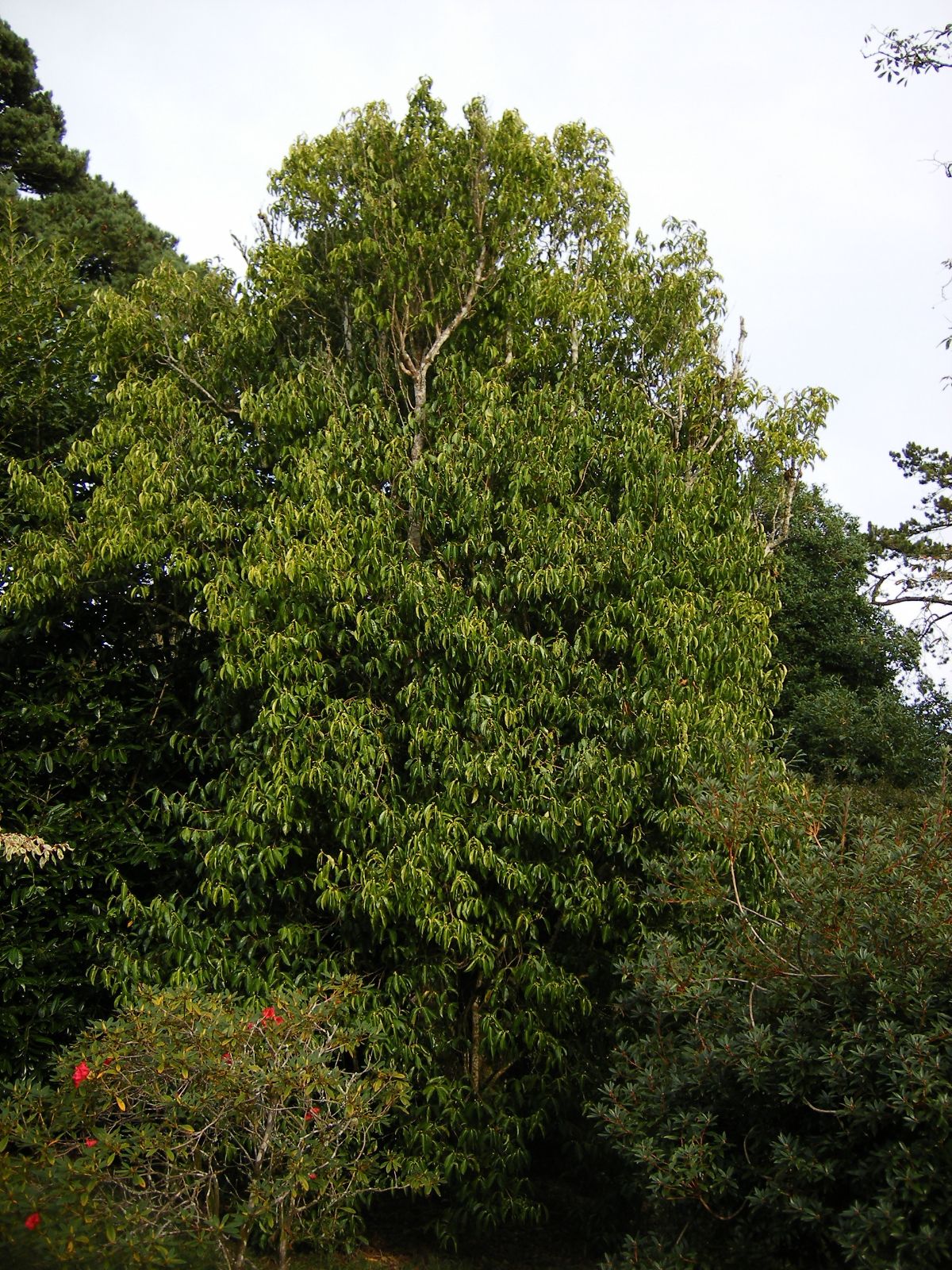Camellia taliensis
Credits
Article from Bean's Trees and Shrubs Hardy in the British Isles
Recommended citation
'Camellia taliensis' from the website Trees and Shrubs Online (treesandshrubsonline.
Genus
Synonyms
- Thea taliensis W. W. Sm.
Other taxa in genus
- Camellia brevistyla
- Camellia caudata
- Camellia chekiangoleosa
- Camellia chrysantha
- Camellia costei
- Camellia crapnelliana
- Camellia cuspidata
- Camellia drupifera
- Camellia edithae
- Camellia forrestii
- Camellia furfuracea
- Camellia granthamiana
- Camellia japonica
- Camellia kissii
- Camellia lutchuensis
- Camellia maliflora
- Camellia oleifera
- Camellia ptilophylla
- Camellia reticulata
- Camellia saluenensis
- Camellia sasanqua
- Camellia sinensis
- Camellia tsaii
- Camellia × vernalis
- Camellia × williamsii
- Camellia yunnanensis
An evergreen shrub up to 10 ft high at least, probably more; shoots glabrous. Leaves oval to obovate, cuneate at the base, narrowed at the apex to a short acuminate or even tail-like point, rather regularly toothed, 3 to 6 in. long, 11⁄2 to 3 in. wide, glabrous, dark dullish green; stalk up to 11⁄2 in. long. Flowers 2 to 21⁄2 in. across, one to three in the leaf-axils; petals eight to ten, white, rounded to broadly elliptical; sepals orbicular, ciliate; stamens very numerous, yellow, up to 3⁄4 in. long; ovary densely furnished with whitish hairs; stalk 1⁄3 to 5⁄8 in. long. Bot. Mag., t. 9684.
Native of Yunnan, China; introduced by Forrest from east of the Tali Lake in 1914. The globular flower-buds, which are white and get to be as large as cherries before bursting, add to the attractiveness of the plant. It is a close relative of the tea plant, C. sinensis, and like it has stout green flower-stalks with two or three caducous bracteoles and five persistent green sepals. This species is 10 ft high at Underway, Porlock, Somerset. Mr Hadden tells us that it came through the winter of 1962–3 unharmed and flowers freely in November and December in a favourable season.

